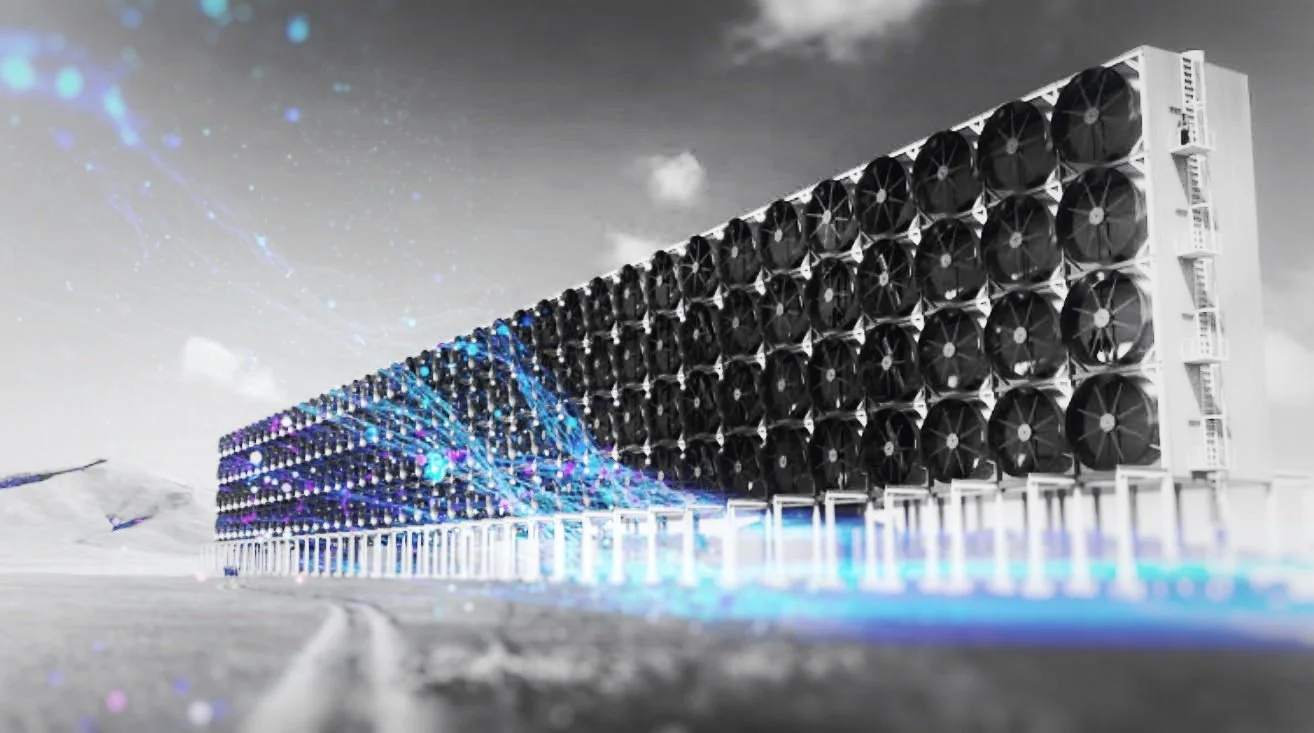How AI Is Used to Help the Environment
At Xyonix, we use cutting edge AI to rapidly and repeatedly deliver you insights from your environmental data.
It’s time to turn to machine learning and AI to find a solution to the environmental crisis we find ourselves in. From biodiversity loss to increased emissions of fossil fuels, it’s no surprise the world is experiencing some catastrophic changes. At the same time, new and emerging organizations like yours are creating groundbreaking solutions to combat these environmental setbacks.
Eventually, every industry will be impacted by the environmental disasters we hear about in the news. Leverage AI to help your product enable more efficiencies in your quest to improve the world. Now is the time to use AI for Good with Xyonix.
Here are a few examples of how AI can improve environmental outcomes:
pollution Aerial Imagery Analysis
Satellite imagery can be used in AI systems to look for high concentrations of plastic in our oceans. This knowledge allows for an efficient approach to cleaning up larger concentrations of trash.
CARBON CAPTURE AND SEQUESTRATION
AI can be used to predict future emissions of a company and can detect carbon output from factories. It can also optimize technology that separates carbon from other molecules for storage.
references
“Artificial Intelligence (AI) and Remote Sensing Technology.” Satellite Imaging Corporation, https://www.satimagingcorp.com/applications/artificial-intelligence-ai/.
“Artificial Intelligence Sensor Analysis for UAS ISR.” Unmanned Systems Technology, 26 Mar. 2021, https://www.unmannedsystemstechnology.com/2021/03/artificial-intelligence-sensor-analysis-for-uas-isr/.
“Environment Quotes.” TRVST, 10 Sept. 2021, www.trvst.world/environment/environment-quotes/.
“The Biggest Environmental Problems of 2021.” Earth.Org - Past | Present | Future, 17 Aug. 2021, earth.org/the-biggest-environmental-problems-of-our-lifetime/.
Gibbens, Sarah. “7 Wins That Gave Us Hope for the Environment in 2020.” Environment, National Geographic, 3 May 2021, www.nationalgeographic.com/environment/article/seven-wins-for-the-environment-in-2020.
Lieshout, Colin van. “Automated River Plastic Monitoring Using Deep Learning and Cameras.” The Ocean Cleanup, 5 Oct. 2020, https://theoceancleanup.com/scientific-publications/automated-river-plastic-monitoring-using-deep-learning-and-cameras/.
“The Amazing Ways We Can Use AI for HEALTHY OCEANS.” AIWS, https://aiworldschool.com/research/the-amazing-ways-we-can-use-ai-for-healthy-oceans/.
Gill, Victoria. “Hundreds of SEWAGE Leaks Detected Thanks to AI.” BBC News, BBC, 11 Mar. 2021, https://www.bbc.com/news/science-environment-56351501.
Degot, Charlotte, et al. “Reduce Carbon and Costs with the Power of AI.” BCG Global, BCG Global, 21 Sept. 2021, https://www.bcg.com/publications/2021/ai-to-reduce-carbon-emissions.
Stone, Benjamin D. “Artificial Intelligence and Satellite Technology to Enhance Carbon Tracking Measures.” Lexology, Mintz, 29 July 2020, https://www.lexology.com/library/detail.aspx?g=36e9fdeb-00aa-4948-8bb0-a8967d9ec5b3.
Taylor-Smith, Kerry. “The Future of Carbon Capture and the Fight against Climate Change.” AZoCleantech.com, 14 Oct. 2020, https://www.azocleantech.com/article.aspx?ArticleID=1151.
Toews, Rob. “These Are the Startups Applying Ai to Tackle Climate Change.” Forbes, Forbes Magazine, 20 June 2021, www.forbes.com/sites/robtoews/2021/06/20/these-are-the-startups-applying-ai-to-tackle-climate-change/?sh=22b32bdb7b26.





